The Greenwood Tree – September 2020
Posted on 26th August 2020
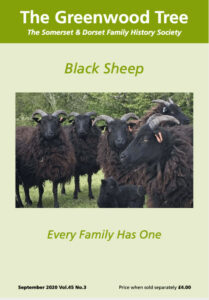
Members came up trumps once again with their tales of the Black Sheep of their respective families in what proved to be a popular theme for The Greenwood Tree’s September edition. For the second successive issue (and for no extra charge) four more pages were added to provide a suitable platform for some intriguing stories. Editor Paul Radford previews the edition which will be mailed to members at the end of August and which SDFHS members can already view or download from the Members Area of the Society’s website.
If there was a question in anyone’s mind over what constitutes a Black Sheep, members answered it by finding two main categories – criminals and those breaking marital vows, the two often combining in bigamy which seemed to be remarkably common in the days before divorce was an option for the average man or woman.

Henry WESTCOTT went from Somerset to South Wales and then into the Army, collecting a string of petty offences along the way, prompting him to adopt the alias of Henry GLADSTONE, presumably in a misguided and failed attempt to escape the long arm of the law. His redemption came after his 40th birthday when he married and finally succeeded in staying on the straight and narrow.
Henry WESTCOTT went from Somerset to South Wales and then into the Army, collecting a string of petty offences along the way, prompting him to adopt the alias of Henry GLADSTONE, presumably in a misguided and failed attempt to escape the long arm of the law. His redemption came after his 40th birthday when he married and finally succeeded in staying on the straight and narrow.
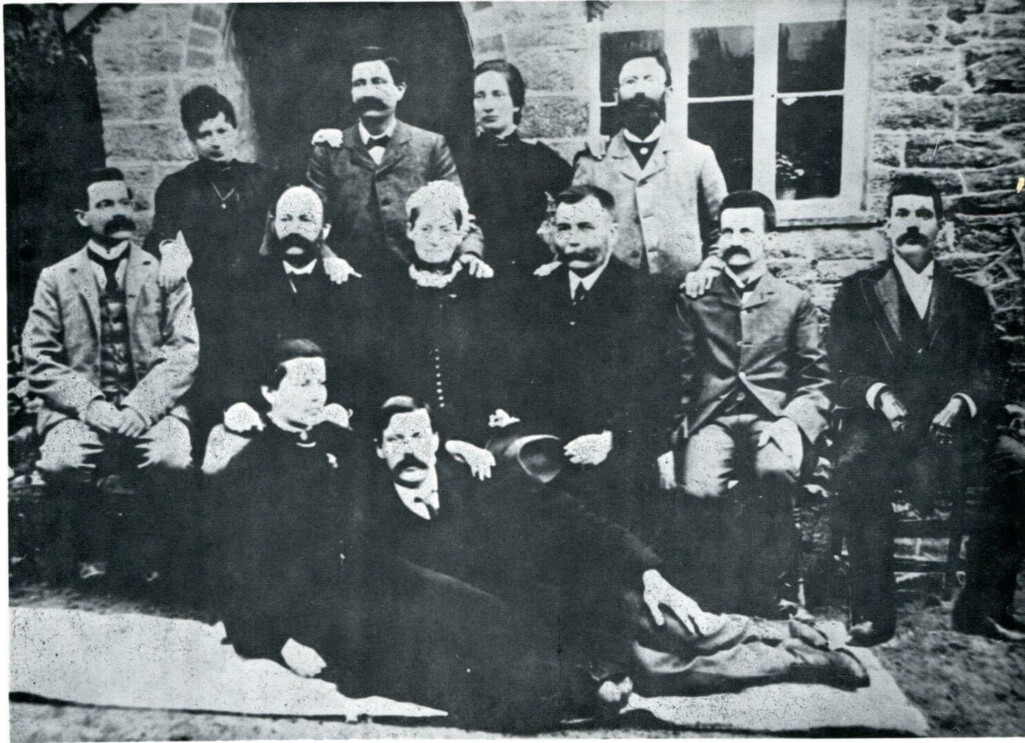
The tale of Samuel MOORES, the man credited with inventing the Dorset Knob biscuit more than 150 years ago, is extraordinary. While his son Sam founded the famous Moores Bakery in Morcombelake, father Samuel separated from his family and embarked on a life of drunkenness and vagrancy lasting almost 30 years before his death in the Bridport Workhouse.
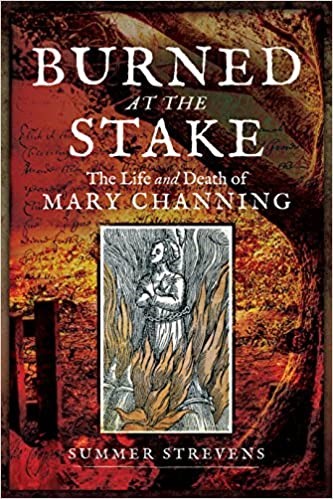
‘The Greenwood Tree Investigates’ section looked into the terrible story of Mary CHANNING, who went from being a teenage wild child who scandalised Dorchester society to becoming a notorious poisoner of her young husband. She was burnt at the stake for the crime of murder before her 19th birthday, leaving her young child an orphan.
The story of Frank APLIN is a mystery which is hard to unravel. Member Val MESSER’s efforts to track him down turn up some surprising results, suggesting he was probably a bigamist whose first wife ended her life by stepping in front of a tramcar.
My own ancestor William RADFORD was one of far too many ag labs whose failure to find work turned him and his family into victims of the Poor Laws. Constantly moved from pillar to post by Removal Orders, jailed for being ‘idle and disorderly,’ he died alone, seemingly shunned by everyone. At least he avoided the fate of his younger brother Phineas, who was hanged for stealing sheep.
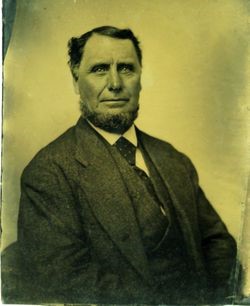
There are many stories besides the Black Sheep ones. Janet LUTE takes a detailed look at the extraordinary number of emigrants from the Somerset village of Kingsbury Episcopi to Schenectady in New York state, lured by industrial jobs.
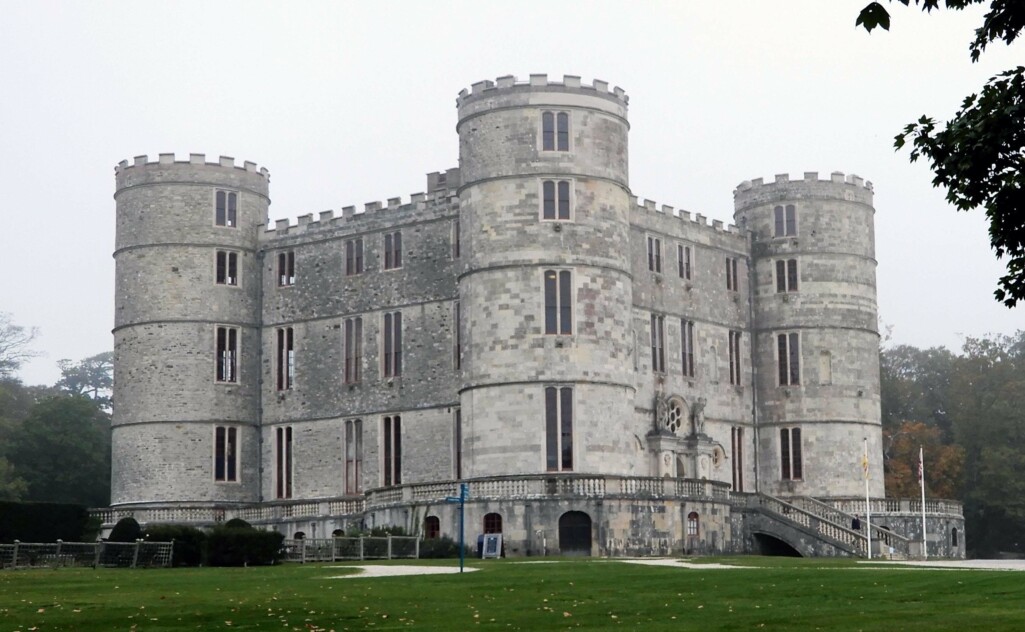
Dorset Spotlight takes us to the charming village of East Lulworth, the SDFHS Photo Project looks at old Crewkerne football team pictures, and there is a packed Letters to The Editor postbag as well as the usual What The Papers Said and Book Review sections.
Paul Radford
Editor, The Greenwood Tree
